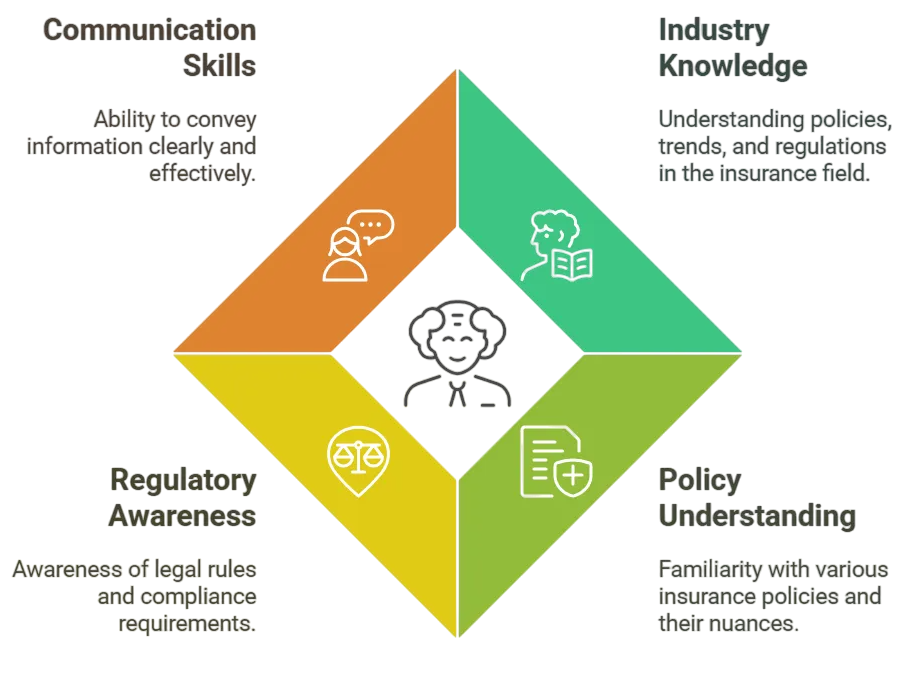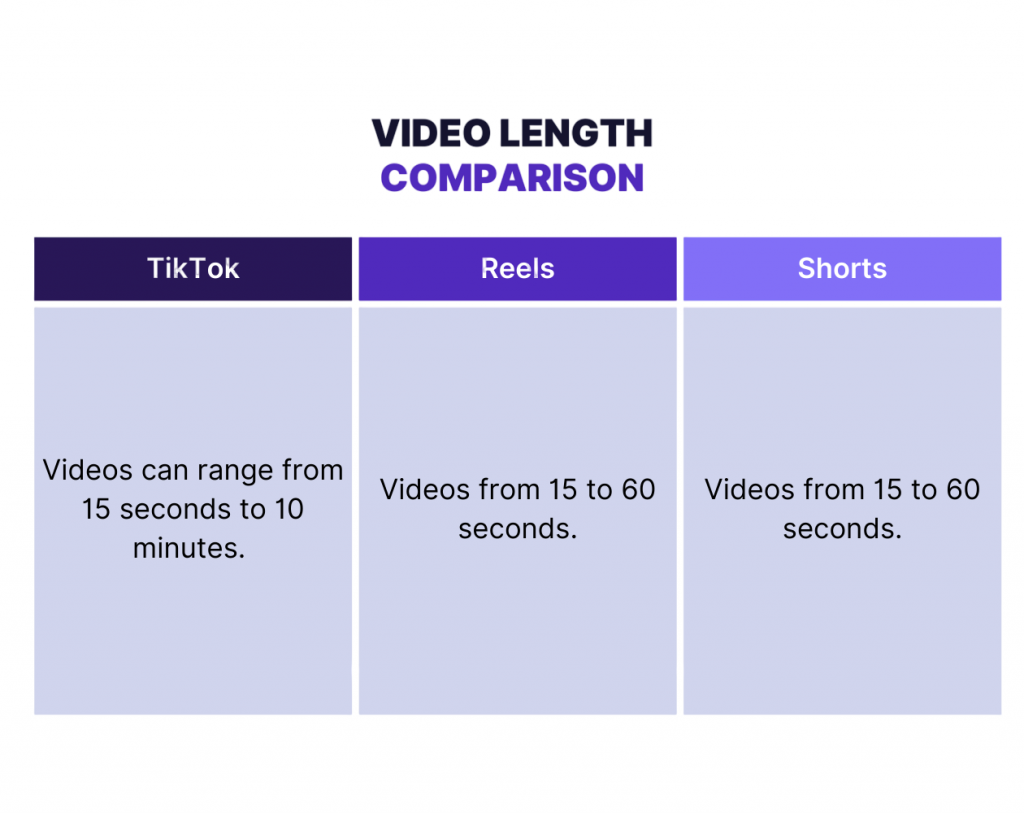
- What Makes Great Machine Learning Content?
- Identifying Your Target Audience
- Beginner-Friendly Tutorial Series
- Engaging Project-Based Videos
- Deep Dive into Complex Topics
- The Power of “Vs.” and Comparison Videos
- Career Advice and Industry Insights
- Quick Tips and Shorts/Reels
- Putting It All Together for Channel Growth
What Makes Great Machine Learning Content?
Have you ever noticed how YouTube has turned into a huge classroom for tech skills? People are learning to code and understanding complex algorithms through video content every day. The demand for high-quality Machine Learning YouTube content has shot up during this digital boom. This isn’t just a small niche; it’s a fast-growing field where curious beginners and experienced professionals are eager to learn. To move beyond passive viewing and gain hands-on expertise, explore Machine Learning Training a practical program that helps learners build real-world models, master core algorithms, and apply AI across industries. If you care about data and AI, now is the perfect time to start a Data Science YouTube channel. This article will share nine powerful content ideas to help you attract an audience, build your credibility, and create a successful channel from scratch. Before exploring specific ideas, it’s important to know what makes a good video stand out from a great one.
Identifying Your Target Audience
Who are you making videos for? The answer to this question will shape your entire content strategy. Creating a beginner’s guide to AI for students who have never written a line of code is quite different from making deep learning tutorials for experienced developers. A good strategy is to choose a specific niche. For example, you could focus on Python for Machine Learning, computer vision for robotics, or natural language processing for business applications. To evaluate how well your models perform across these domains, explore What is a Confusion Matrix in Machine Learning a clear guide that explains how true positives, false negatives, and other metrics help assess classification accuracy and model reliability. By narrowing your focus, you attract an audience that is very interested in your specific expertise. This targeted approach is one of the most effective tips for growing any tech channel on YouTube.
Ready to Get Certified in Machine Learning? Explore the Program Now Machine Learning Online Training Offered By ACTE Right Now!
Beginner-Friendly Tutorial Series
Starting with the basics is the best way to build a loyal following. Beginners are looking for foundational knowledge, and a well-structured series can turn a one-time viewer into a long-term subscriber. To introduce core ensemble methods that improve model accuracy and reduce variance, explore Bagging vs Boosting in Machine Learning a beginner-friendly guide that compares these two powerful techniques and explains when to use each for optimal results.
- “What is Machine Learning?” Series: Create a multi-part series that breaks down key concepts. Cover topics like supervised vs. unsupervised learning, regression vs. classification, and the difference between AI, ML, and Deep Learning.
- Essential Math for ML: Introduce key mathematical concepts like linear algebra and probability in a simple way, using visual examples.
- Tool and Library Setup: A straightforward video showing users how to install Python, Jupyter Notebook, TensorFlow, or PyTorch can be very valuable and a major hurdle for newcomers.
- Your First Algorithm: Guide viewers step-by-step through implementing a simple algorithm like Linear Regression. Show them how to load data, train a model, and make predictions.
- Sentiment Analyzer for Movie Reviews: Teach viewers how to build a model that can identify if a review is positive or negative. This project is fun and relatable.
- House Price Predictor: Use a public dataset to create a model that predicts housing prices. This classic project clearly shows the power of regression.
- Image Classifier: Help your audience build a simple deep learning model that can distinguish between two types of images, such as cats and dogs.
- Spam Email Detector: Create a useful tool that everyone can understand. This project highlights text classification and its real-world benefits.
- 60-Second Concepts: Explain a single term like “overfitting” or “learning rate” in under a minute.
- Python Code Snippets: Share a quick, useful trick for data cleaning with Pandas or for creating a visualization with Matplotlib.
- AI Myth-Busting: Quickly debunk a common myth about artificial intelligence.
- Tool Highlights: Introduce a new ML library or tool that your audience might find helpful.
To Explore Machine Learning in Depth, Check Out Our Comprehensive Machine Learning Online Training To Gain Insights From Our Experts!
Engaging Project-Based Videos
Theory matters, but nothing grabs a viewer’s attention like creating something real. Project-based videos are among the most popular types of Machine Learning projects on YouTube because they deliver a clear outcome. To understand the principles behind these hands-on experiences, explore What Is Machine Learning a beginner-friendly guide that explains how machines learn from data, adapt to patterns, and power real-world applications through practical experimentation.
Deep Dive into Complex Topics
Once you have a collection of beginner content, you can start making videos for your intermediate and advanced audience. These videos will help you establish yourself as an expert in the field. You can create detailed deep learning tutorials that explain the structure of a neural network, the mechanics of a Transformer model (the “T” in ChatGPT), or how Generative Adversarial Networks (GANs) function. To turn these concepts into deployable skills, explore Machine Learning Training a hands-on program that helps learners master neural architectures, build Transformer-based models, and implement GANs for real-world applications. The important thing is to break these complex ideas into smaller, easier-to-understand segments. Use many diagrams and analogies to simplify the math and logic, making advanced AI video ideas easier for more people to grasp.
Looking to Master Machine Learning? Discover the Machine Learning Expert Masters Program Training Course Available at ACTE Now!
The Power of “Vs.” and Comparison Videos
People often seek advice on which tools to use or which concepts to emphasize. Comparison videos do really well because they help viewers make smart choices. This format works great for tech content creation since it directly addresses common questions from the community. Think about making videos like “TensorFlow vs. PyTorch: Which is Better for Beginners?” “Data Scientist vs. Machine Learning Engineer: What’s the Difference?” or “Supervised vs. Unsupervised Learning: Key Distinctions.” To add depth to these discussions with real-world classification techniques, explore Support Vector Machine (SVM) Algorithm a focused guide that explains how SVMs separate data points with maximum margin, enabling accurate predictions in high-dimensional spaces. These titles are easy to search for and offer a lot of value in one video.
Career Advice and Industry Insights
Your Data Science YouTube channel can provide more than just technical tutorials. Many viewers are learning machine learning to boost their careers. You can make content that meets this demand by sharing career advice, discussing the latest industry trends, or interviewing professionals already in the field.

To understand how platforms personalize and rank such content, explore Decision Trees in Machine Learning a practical guide that explains how decision trees split data, classify outcomes, and support recommendation engines across digital media. Topics like “How to Build a Machine Learning Portfolio,” “Top 5 Mistakes on a Data Scientist Resume,” or “A Day in the Life of an ML Engineer” can help create a strong community around your channel and offer a unique perspective that makes you stand out from others.
Preparing for Machine Learning Job Interviews? Have a Look at Our Blog on Machine Learning Interview Questions and Answers To Ace Your Interview!
Quick Tips and Shorts/Reels
Don’t underestimate the value of short-form content. YouTube Shorts, Instagram Reels, and TikToks are great for reaching new viewers and sharing quick, valuable tips. To understand how these platforms personalize content and detect trends in real time, explore Pattern Recognition and Machine Learning a foundational guide that explains how algorithms identify patterns, classify data, and power recommendation engines behind today’s most engaging media.

Putting It All Together for Channel Growth
Creating a successful Machine Learning YouTube channel is a marathon, not a sprint. The key is to mix different content formats to appeal to viewers from absolute beginners to seasoned experts. Start with foundational tutorials and then move on to engaging Machine Learning projects for YouTube. Add career advice, comparison videos, and short-form content to keep your audience interested. To complement your content creation with hands-on expertise, explore Machine Learning Training a practical program that equips learners with real-world skills in model building, algorithm design, and AI deployment across industries. Most importantly, be consistent, listen to your audience’s feedback, and show your passion for the subject. By following these ideas, you can create a valuable resource that helps others learn and grow in the exciting world of AI.



